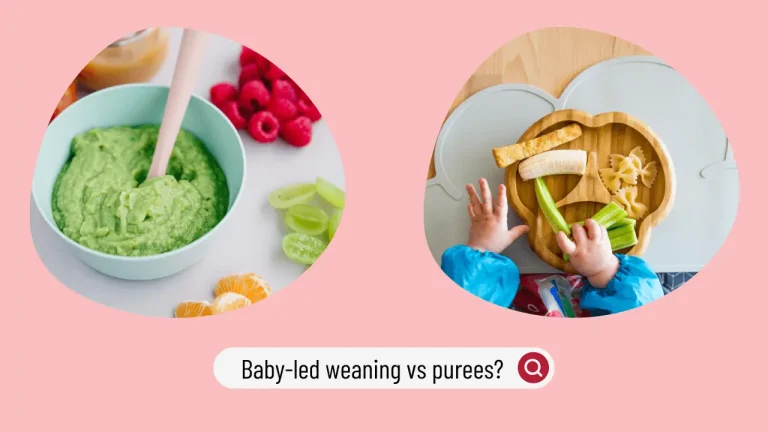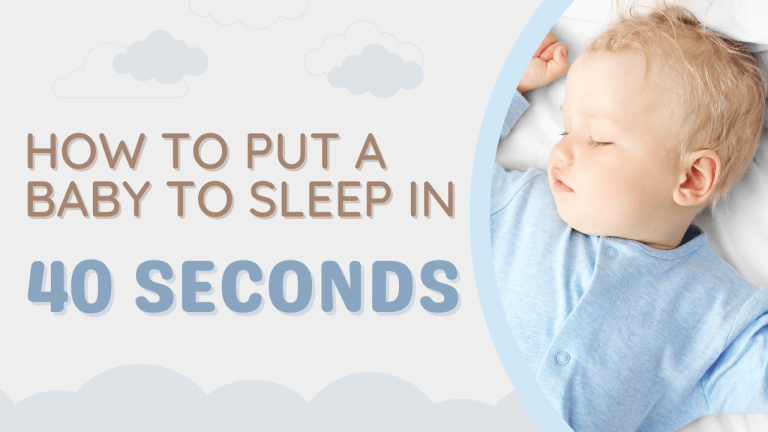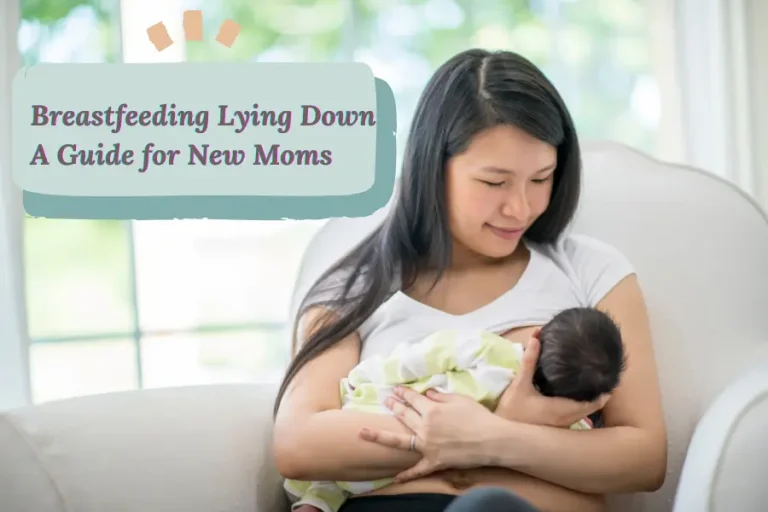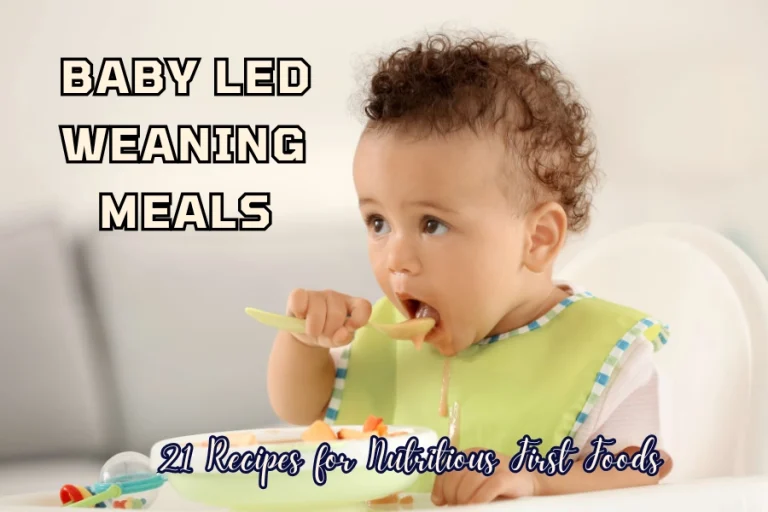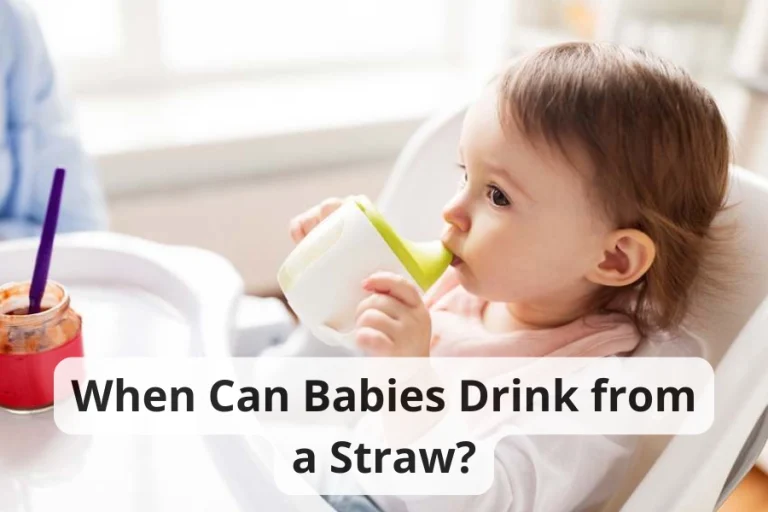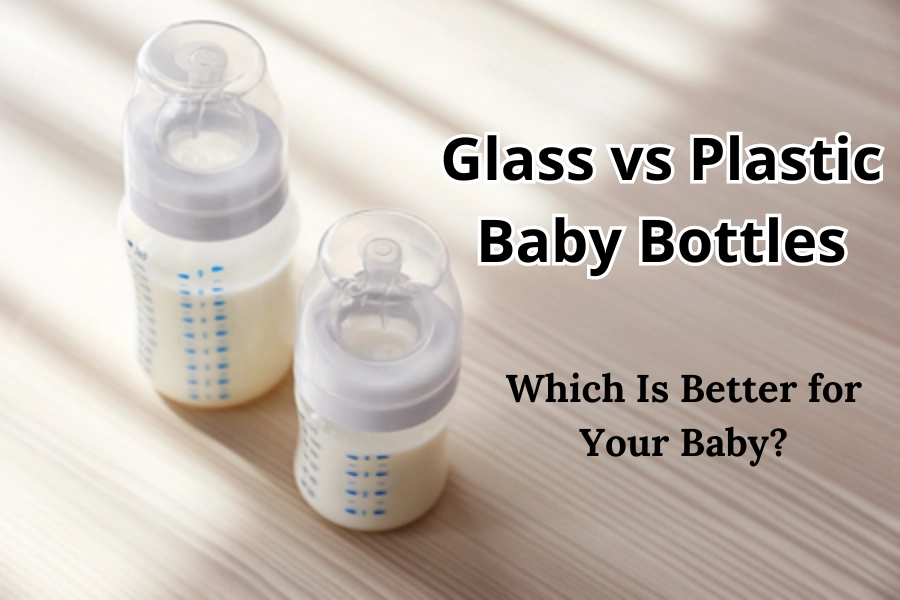
Being a parent is an amazing experience that is full of happiness and unending questions. Every decision a mother makes, big or small, is with her child’s best interests at heart. Selecting the ideal bottle for a baby is no different. A baby bottle may seem like a simple item, but it’s actually a lifelong companion for your little one. So, how do you find the perfect “friend” for your baby?
Glass vs plastic baby bottles breast milk, which is the best choice for your baby? This question has undoubtedly puzzled many mothers. Could the material affect your baby’s health? Which one is easier to clean? Let’s find the answers together to make the best decision for your little one!
How to Choose between Glass vs Plastic Baby Bottles?
You’ve probably heard mixed opinions about glass vs plastic baby bottles. So, which one is the right choice for your little one? Are you going to be using traditional glass ones or modern plastic ones? Which one would provide the finest experience for your baby? We shall look at both types of bottles and analyze them for an informed choice.
Plastic Baby Bottles
Other bestselling types of bottles include plastic baby bottles. They are popular among parents due to their convenience and affordability. Plastic bottles also come in a variety of shapes and designs to meet different needs, from breastfeeding to reducing colic. Such bottles have proved light, resistant to breakage, and durable.
However, plastic baby bottles have several potential health and safety issues. Older plastic bottles may have been manufactured with BPA – a chemical added to plastics in the manufacturing process that fortifies plastic and also can facilitate preventing bacterial growth and rust. BPA has been linked to many negative health effects including altering levels of estrogen interference with times of puberty and decreased fertility1.
The presence and effects of BPA originally were identified because it is an estrogen agonist. Because it can bind to intracellular estrogen receptors, it impacts estrogen levels. BPA has been associated with a disruption in the timing of puberty and with a decrease in fertility. While these effects were mainly observed in animal studies, the US Food and Drug Administration (FDA) banned BPA in baby bottles and sippy cups in 2012 as a precautionary measure2.
Yet BPA isn’t the only concern for possible health risks. Plastics hold many kinds of chemicals, such as BPS, commonly known as bisphenol S, and phthalates. It has been revealed that BPS can be even worse than BPA. Phthalates are lightweight, strong, and less prone to break; they may also have an impact on metabolism, the cardiovascular system, and reproductive development3. Though today, polypropylene is used to manufacture baby bottles, and it is BPA-free, there is no assurance that your baby won’t get exposed to other hazardous chemicals.
The American Academy of Pediatrics thus recommends the use of alternative materials, such as glass or stainless steel, if possible. In cases where plastic bottles are necessary, minimal heating and paying close attention to the recycling code will suffice. Avoiding bottles made from the following codes should be done: 3 for phthalates, 6 for styrene, and 7 for bisphenol.
✅Pros: lightweight, durable, and less likely to break
❌Cons: may leak chemicals
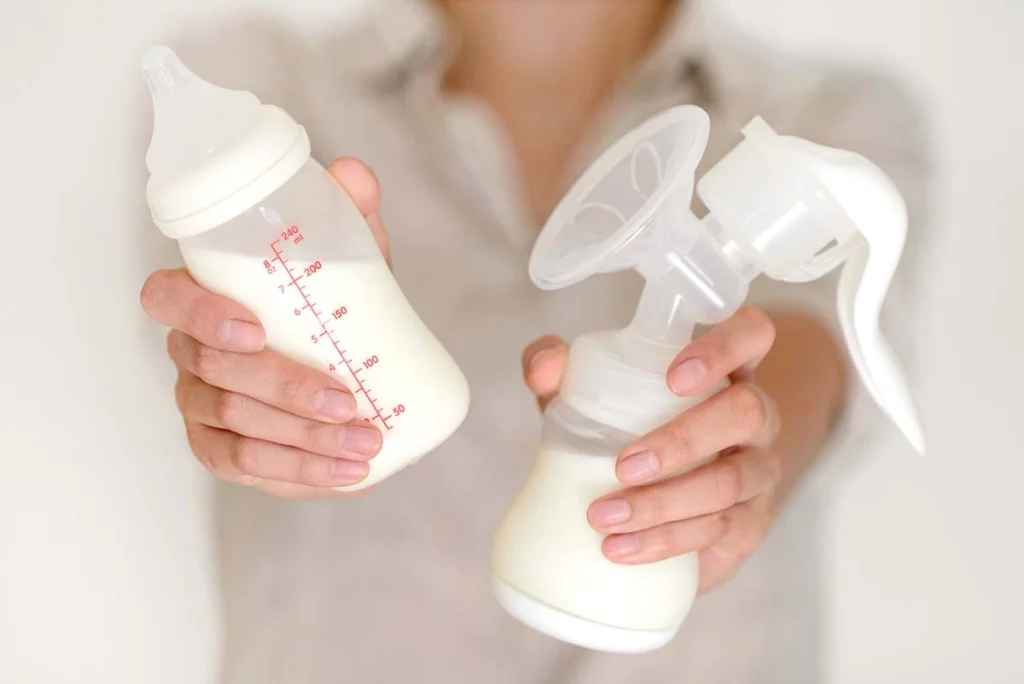
Glass Baby Bottles
If you are looking for a safer alternative when it comes to glass vs plastic baby bottles, the glass ones are the way to go. They were the very first type of baby bottle there was. However, due to their heaviness and breakability, they have gradually been replaced by plastic ones.
Glass bottles are heavier and may be difficult for babies to hold on their own. They can break easily when dropped down with excessive force and may be dangerous for the baby, too. Nowadays, glass bottles come with silicone sleeves so that they cannot be easily broken, but they will always remain heavier compared to plastic ones and less adaptable.
Before choosing a glass bottle, check with your child’s daycare to see if they allow glass bottles. Due to the breakage risk, some daycares may prohibit glass bottles.
✅Pros: safer and no chemical leakage
❌Cons: heavier and more fragile
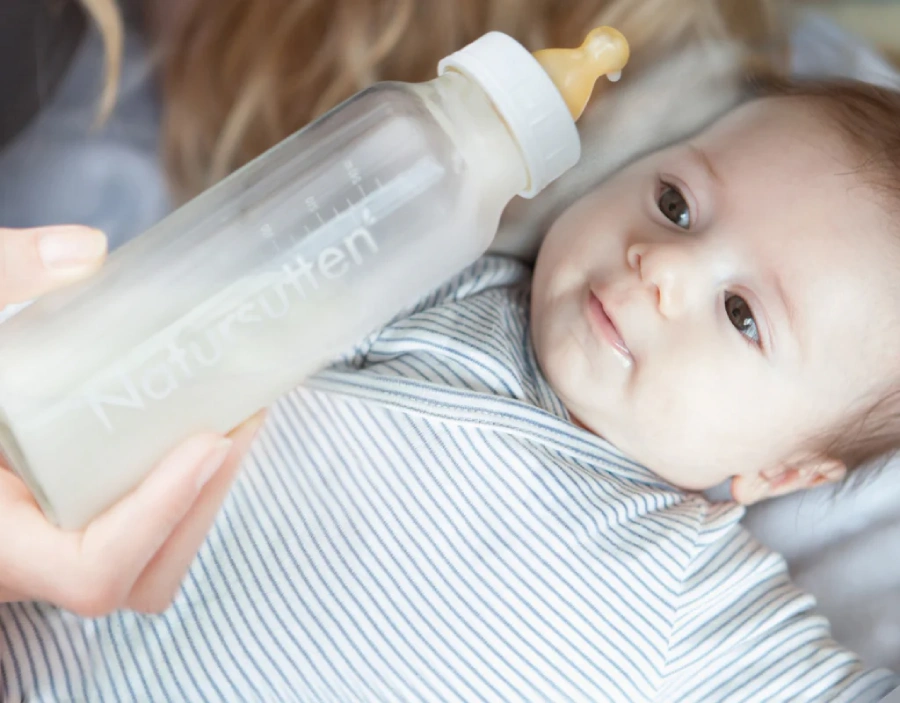
Other Types of Baby Bottles
Apart from glass vs plastic baby bottles, there are numerous other varieties available in the market, including:
Stainless steel baby bottles
A great alternative to both glass and plastic baby bottles is a stainless steel bottle. Harmful chemicals are not part of these bottles, so they ensure utter safety for the baby. Stainless steel bottles also handle the breakage issue that occurs with glass bottles. However, stainless steel bottles may be heavier and don’t have as many options regarding design. The price is higher as well when speaking about glass vs plastic bottles.
Silicone baby bottles
You could even look into silicone baby bottles. There is, however, less research involving safety specifically with silicone related to baby bottles; at least it does not include the dangerous chemicals involved in plastics, like BPA, BPS, or phthalates. Silicone bottles are soft and thus easy to clean, plus they are durable. They also are dishwasher safe.
Because silicone bottles are so soft and nearly exactly like a mother’s breast, babies usually like them. These bottles, however, do not often stand up on their own very easily depending on the design of the bottle. They are also a bit expensive. However, they will be worth it for your little one.
Hybrid baby bottles
Hybrid bottles represent a great combination of glass vs plastic baby bottles, actually the best of both worlds. Constructed from glass with a protective plastic coating to prevent breakage, the glass layer ensures that no chemicals from the plastic may touch the milk, while plastic covers the glass. It’s the perfect solution!
The drawbacks of conventional glass vs plastic baby bottles are both addressed by hybrid bottles. They offer a variety of shapes and designs with different plastic or silicone coatings to suit your needs. While they may be a bit pricier, we believe they are worth the investment.
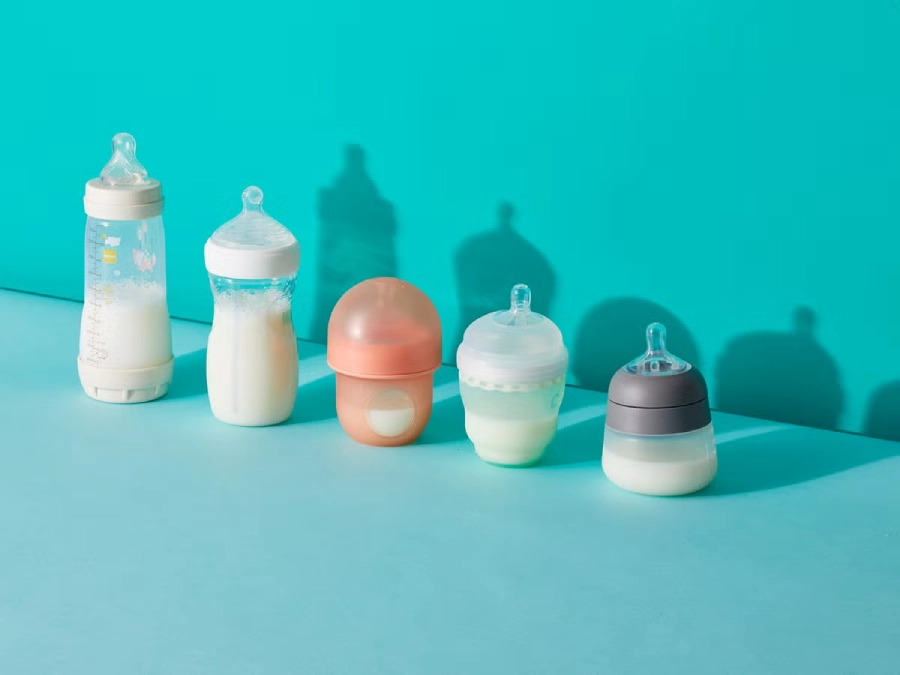
What You Need to Consider when Choosing Baby Bottles?
To help you make an informed decision between glass vs plastic baby bottles, let’s explore the key factors to consider when purchasing a baby bottle.
Baby Bottle Materials
The material a baby bottle is made from is a priority. As we have seen, each of these materials has several advantages and disadvantages. The material you will choose will depend on your unique needs and personal preference. Glass bottles work well for feeding your baby. However, these bottles can be a little heavy for the baby to hold and manage himself. You can consider moving on to lighter ones in that case. The only thing – select a bottle that suits you and your family and at the same time is safe for your baby.
Baby Bottle Sizes and Shapes
The size and shape of a baby bottle is also an important thing to be considered. Bottles are designed for different functions. A regular bottle can be straight-sided or slightly curved, which is great for storing breast milk and formula and is easy to clean. Go for a bottle with a vent if you want to prevent colic. And, if your baby has reached the stage of holding his bottle himself, then there is a handle grip for support.
Baby Bottle Nipples
Of course, besides glass vs plastic baby bottles, the babies also need nipples for their baby bottles. Conventionally, the materials used to make nipples are either latex or silicone. Latex nipples are softer and more pliable but less durable, while some babies can be allergic to latex. On the other hand, silicone nipples are stronger and retain their shape better but may be less soft. Nipples are available in different shapes and sizes, and you must therefore select the right nipple for one’s baby.
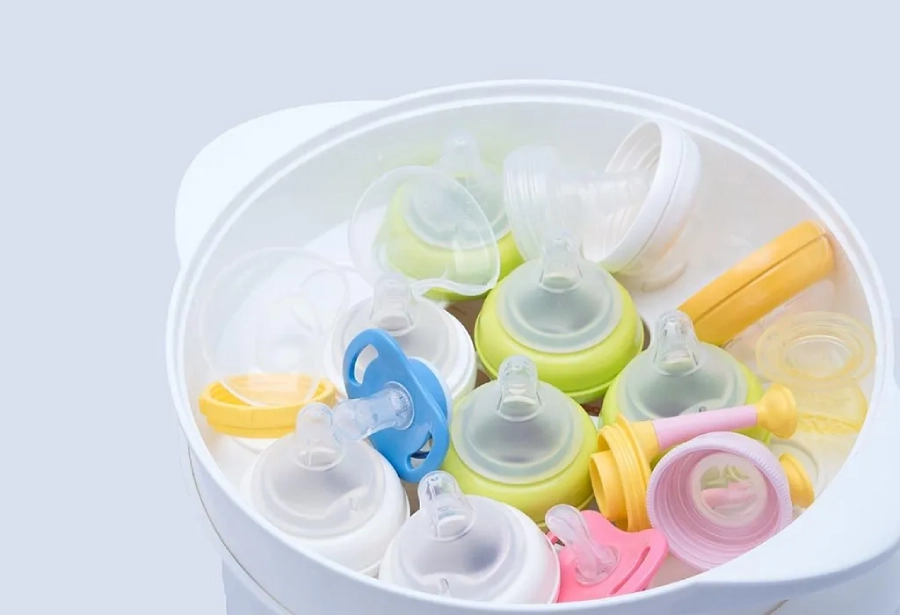
Dos and Don’ts of Baby Bottle Feeding
Here are some practical tips, which may make breastfeeding easier for you while deciding between glass vs plastic baby bottles:
- Avoid heating plastic bottles in the microwave: High temperatures will cause the leaching of chemicals from the plastic into the milk. Microwaves can also create hot spots that are unsafe for warmer milk in plastic bottles.
- Do not wash plastic bottles in the dishwasher: For sanitizing purposes, plastic bottles can simply be washed with a non-abrasive sponge or bottle brush and warm soapy water.
- Bio or eco-labeled bottles: Most of those are made from corn and also don’t contain bisphenol.
- Replace bottles and nipples when they become damaged: Replace glass bottles with any cracks, old or scratched plastic bottles, and discolored nipples. Nipples that have large tears should also be replaced to prevent fast milk flow and choking. Of course, replace bottles and nipples if they no longer serve your baby’s needs. You may wish to choose between using either baby bottles or sippy cups to better suit your baby’s needs.
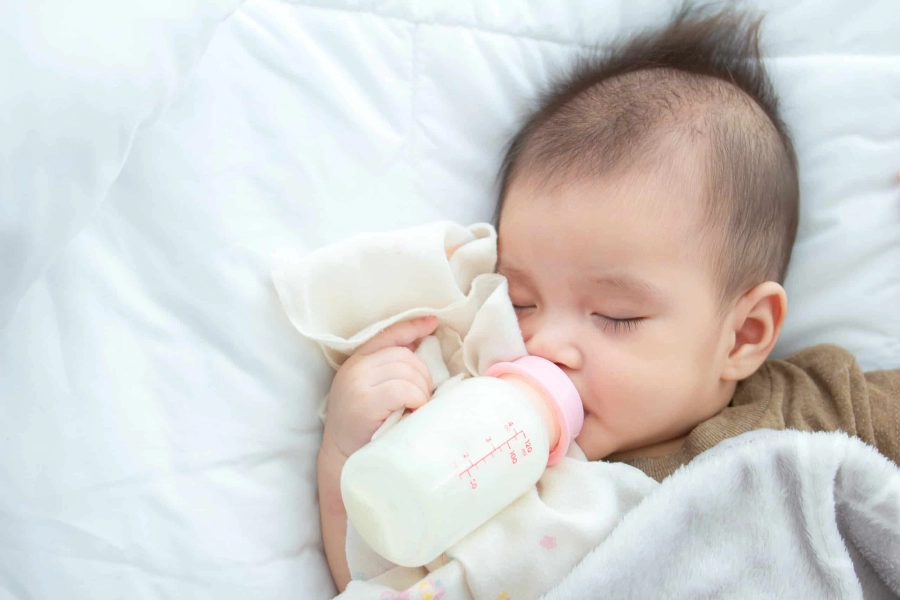
Final Word from Babies Parent
We have gone through the pros and disadvantages of glass vs plastic baby bottles. Which bottle you select ultimately comes down to what works best for your particular family. The most critical aspect is that the bottle is safe for use, easy to clean, and a good fit for your little one.
In case you want more options, it is advisable to refer to a list from Babies Parent: the best bottles for breastfed babies. Always put your baby’s safety and comfort above all! Now, if you have found the perfect bottle, don’t forget to share it with other moms in the comments!

